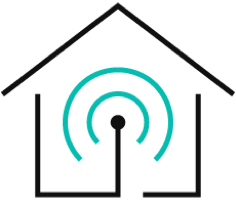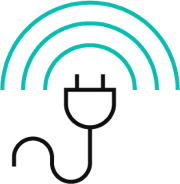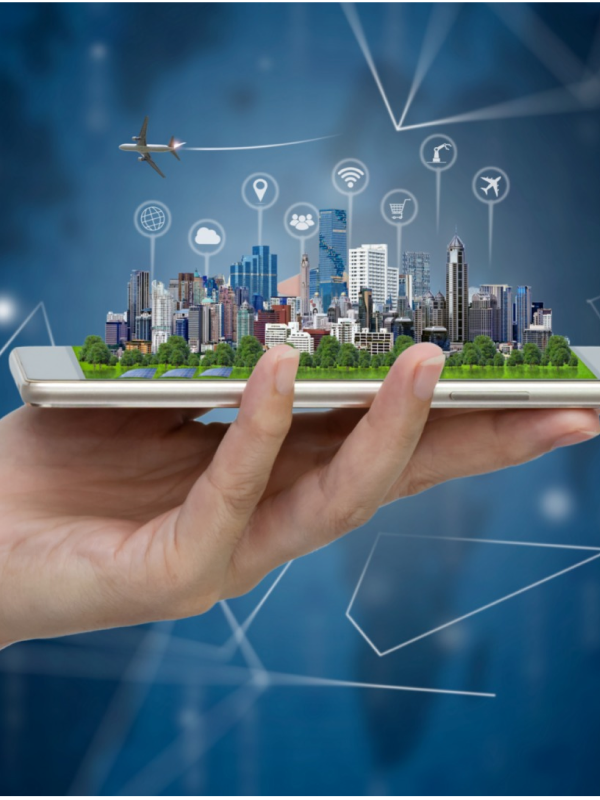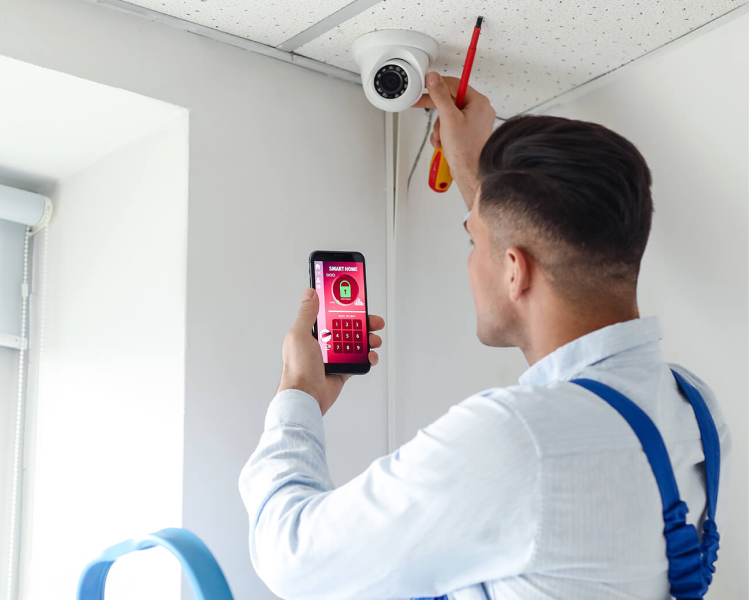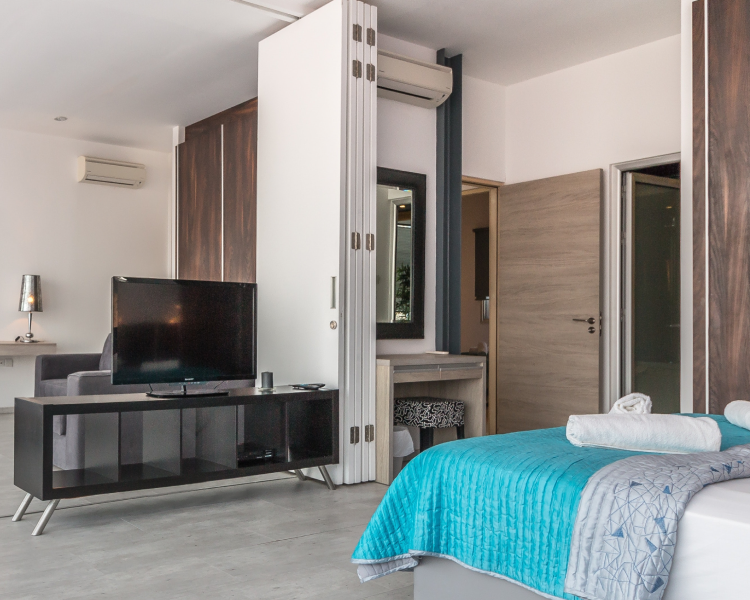Imagine there is a fire in the building you are living in. But all the residents get notified immediately through an alert on their smart devices along with fire alarms. So even those who are not inside the building at the moment can also get notified and take action as soon as possible.
Smart buildings also have an automatic system that notifies emergency services like the police, fire service, etc in times of emergency. This is just one aspect or scenario that explains a bit about what a smart building is.
Now, make a bigger picture from simple vacuum cleaners, fridges, and lighting systems to the security system, management, and everything related to a building.
In a smart building, all of these and more are connected and controlled automatically to monitor, analyze, and use that data to provide smart and efficient solutions to building problems.
- What Is A Smart Building? Smart Building Of The Future
- 4 Key Benefits Of Smart Buildings
- Best Smart Building Technology, System, And Service
- Smart Building Trends and Solutions
What Is A Smart Building? Smart Building Of The Future
A smart building is a building that is controlled and managed by different smart technologies to create a comfortable and safe environment for the residents.
We can think of it as a magnification of smart homes. So, it’s basically a number of smart homes in a construction connected by the internet.

>> Smart home change real estate, what consumers value most
4 Key Benefits Of Smart Buildings
The reason smart buildings are getting more popular day by day is because of some key benefits. Let's take a look at them.
1. Cost optimization
First of all, smart building reduces cost.
One of the best benefits of using smart technologies is that they constantly come up with newer and more efficient solutions to reduce energy usage. And energy costs money.
So, by effectively reducing energy usage, it also minimize utility bills.
2. Energy Efficiency
The residents of a smart building can take individual decisions regarding the energy usage of their respective units. Areas like the lighting system, water usage, room heating system, etc can be controlled automatically to minimize the emission and carbon footprint of a smart building.
The employees of a smart building can also monitor energy and power usage in different areas and adjust them accordingly.
In fact, some smart buildings these days can produce energy by developing a self-sustained ecosystem and using it for building maintenance.
And most importantly, in a smart building everything is being monitored and analyzed, all the time. So, the system can provide smart eco-friendly solutions to different problems to reduce the energy cost of the building.
3. Automated Control
A smart building is a closely controlled building. Starting from lighting, electrical systems, doors and windows, shading, temperature, alarms and alerts, access, management, and security systems, everything is connected to the internet of things (IoT).
Because the key factor that smart building designs are based on is its people, everything in it is made for them as well. And as the needs and wants of the residents change, smart buildings can also adjust their functions accordingly to meet those needs.
For example, in summer, to have relief from the hot sun and warm weather, smart buildings can automatically adjust the shading system to provide maximum shading area. It can also monitor individual residents' behavior and make decisions according to that data.
Besides, it can monitor human occupancy of different common areas of the building and control the lighting and heating system. For the door, you don’t need to open them yourself since they are all automatic.
Just like this, everything is automated and can be modified to be parallel with the resident's requirement.
4. Data And Analytics For Problem Solutions
Smart technologies provide smart solutions, and a smart building is no exception here.
Just like we already said, in a smart building, everything is monitored 24/7 and analyzed. But what are these data used for? The correct answer would be EVERYTHING.
Smart buildings have solutions for every problem. Because of the closely connected systems, it’s easier to monitor and record information and see how the building is being utilized.
Most importantly, in a multi-tenant building, the owner of the building can look at the recorded data about building management and the behavior of the residents. It allows them to look at the whole scenario and see which areas need improvement, where it’s okay to cut down the cost, if the tenants require any additional services, if the security has any gaps and holes, etc.
Along with identifying these problems, smart building technology also shows you the appropriate solutions so it’s easier for everyone.
Best Smart Building Technology, System, And Service
Smart building technology is not a standalone idea, rather it’s a combination of different technologies, systems, and services. Here are some examples of smart building technology and services.

IoT
When we talk about smart technology, IoT is the first thing that comes to mind. IoT is a smart platform where everything is connected. The lights, air conditioner, refrigerator, door, windows, washing machine, vacuum cleaners, smart speakers, and everything we see in a household can be connected through the internet on the IoT platform.
IoT works like a magic wand in a smart building scenario, where you can keep a close eye on the different appliances at your home and control them through your smartphone. This whole process that works here is automatic so you can control them with a few taps without running to the switches all the time.
EVVR in-wall relay switch is an excellent example of connecting all the smart devices and appliances through a singular switch system and controlling everything from a common point, like your smartphone.
The reason we like to use this product is that it does not require any neutral wire or to change to switches, so you don't need to get into the walls or change the designs of your building. There are other benefits as well that includes,
- Compatible with all wall switches
- Small and compact
- Always connected
- No flickering
Smart Emergency And Security System
With an advanced micro-mechanical emergency system now we can monitor any irregularities or accidents in the buildings.
So, if there is something unusually out of place and can lead to potential accidents like fire, gas leaks, etc, smart emergencies can alert the building management teams about it so they can take measures.
Also, if there are any sudden accidents, it can send alerts to each resident along with alarms so there’s enough time to evacuate the building.
Similarly, smart security systems are also a crucial criterion of smart buildings. Most of the smart buildings incorporate smart CCTVs that can notify the residents and building employees in case of any suspicious event.
Some of the smart security systems are capable of alerting the personal security team of the team and sometimes even the police in case of bigger emergencies.
Smart Sensors
Smart sensors are the pillars of a smart building.
They are set up almost everywhere in the building and play multiple roles of recording, monitoring, and sending data to the central system for further analysis.
For example, we can talk about smart motion detectors in common areas like building gyms, hanging areas, meeting rooms, etc. these sensors detect human occupancy and turn on the lights when there are people in these spaces. And when they are not being used, the sensors can automatically turn off all the electrical components and save any unnecessary energy consumption.
Including Automatic doors, windows, washroom sinks, air conditioners, and lighting systems, there are countless other areas where smart sensors can be used.
Monitoring Air Quality
One of the main bases that smart buildings are designed on is the welding and comfort of their residents. And with the surge of health issues in recent days, it’s important to take care of the building environment to stay happy and healthy.
This is why smart building designers are now incorporating smart HVAC systems that can track humidity, VOCs, temperature, carbon dioxide level, percentage of particulate matter, etc. it shows a detailed analytical chart of these data and provides eco-friendly solutions to create healthier living environments in the building.
Smart Building Solutions And Market Trends
In the global market, smart buildings are a rising commercial and personal business. It is for the residents and their comfort, yes. But at the same time, we cannot ignore their commercial significance and market trends for possible further developments.
In recent times, there are newer market trends and turns in the smart building idea. For example,
- Increasing demand for eco-friendly and energy-efficient solutions
- Reducing installation and maintenance cost
- Protection of the privacy of the residents
- Minimizing security concerns
Conclusion
Since the very first time the idea of a smart home appeared, we have been trying to maximize its potential to a greater extent. And the smart building is the successful outcome of that dream.
With the development of smart technology and systems, it’s not far when every building will be smartly molded and designed solely for the comfort of its residents.
EVVR can offer you a comprehensive smart home solution whether you are an integrator, professional installer, distributor, or DIYer. Get in touch with us and become our partner today!

